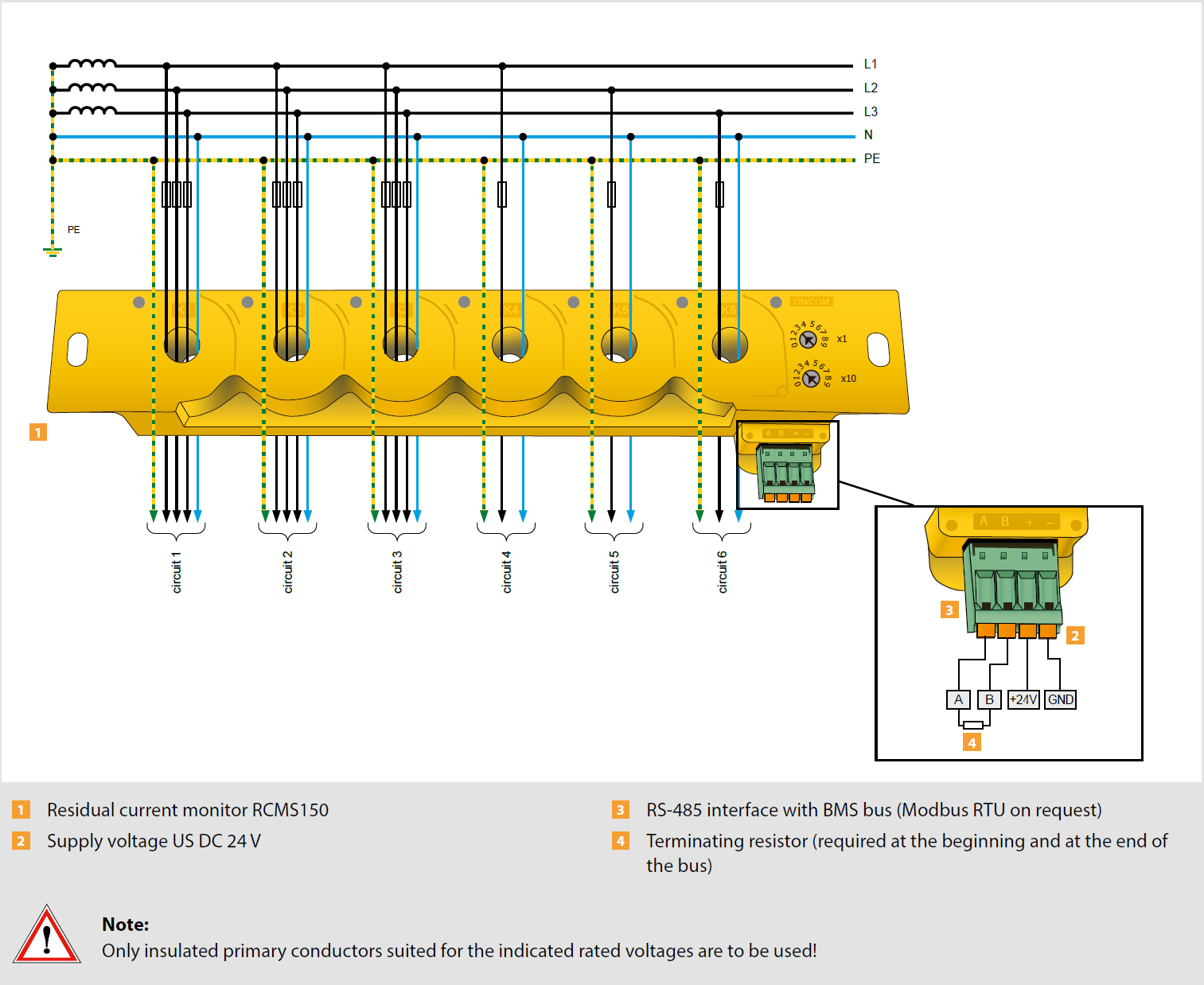Ran into a product over here in Britain yesterday for installation in certain circumstances called a firefly that has me wondering from my own experience in the USA wether it might be usable to stop some of the problems, but I may not be thinking straight. We use staples to hold the wire to the studs so it does not flop around inside the wall cavity and also to help reduce possible strain on the wire, if I recall what I was taught in shop class in 1979.
So, these firefly clamps, while designed for inside the surface mount systems to keep the wire from pulling off the wall in a fire, would also be able to hold the wire to studs, as the wire would simply slide under the clip, if I am thinking right.
because you would apply the clips before the wire, there should be no damage to the Romex, thus no more overstapling.
But, it would not be code right now, so no good, unless I am missing something??
however, I think the inspector in Jamaica would use my logic, for the few places we would use it in Jamaica since most buildings are not built with studs...lol



